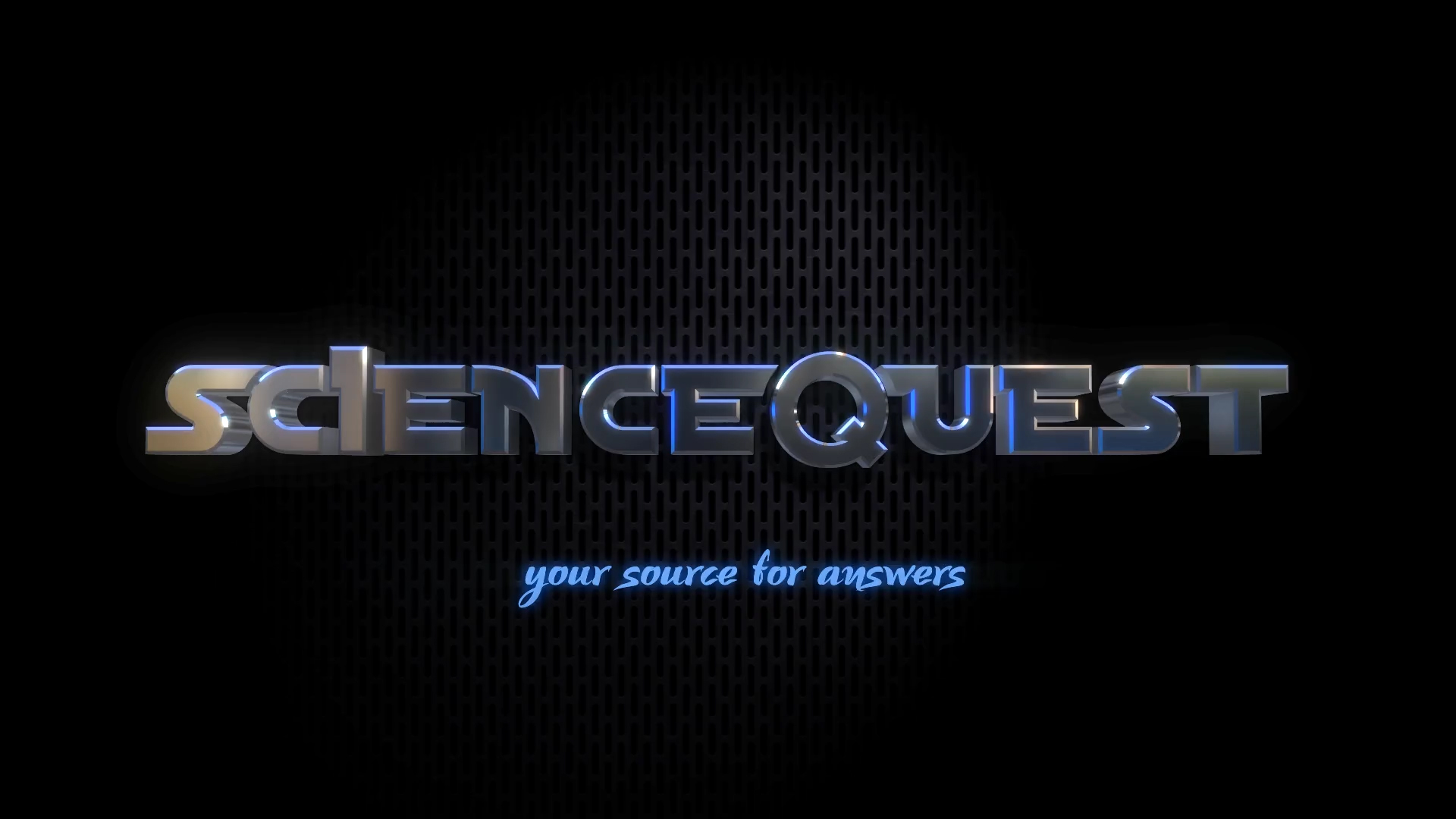ATLAS also presented searches for Higgs decays to particles not present in the Standard Model – for example “dark” Z bosons, possible hints to the elusive dark matter – but no evidence for a decay to such bosons was found.
Also CMS examined five decay channels (where the Higgs boson transforms into pairs of W bosons, Z bosons, photons, tau (τ) leptons or b quarks) and obtained a result about 17% above the predictions, which is compatible with the Standard Model but not perfectly so. CMS also looked for Higgs decays to forms of “invisible” matter but found no evidence for these processes at the present level of sensitivity.
ATLAS and CMS also measured the mass of the Higgs boson with a precision up to 12% higher than before, using advances in analysis techniques combined with larger data sets available thanks to the exceptional performance of the LHC in the last few years. Their measurements of the Higgs mass are 124.98 ± 0.28 GeV and 125.26 ± 0.21 GeV respectively.
CMS has also released more than 15 direct searches for new physics using the full 2016 dataset. These exotic searches provide new stringent limits on exotic decays of the Higgs boson, dark matter scenarios, hypothetical particles such as leptoquarks, new heavy gauge bosons, long-lived particles and several supersymmetry scenarios.
So far it seems clear that the Higgs boson, whose discovery was announced in 2012, looks like the elementary particle predicted by the standard model, but this could still be questioned.
What high energy physics might still reveal in the future remains all the more uncertain and exciting. The hope surely is to eventually find deviations from the standard model that may provide concrete evidence for new physics beyond the standard model. Therefore, the search for rare final states possibly deviating from the prediction of the theory is of greatest interest.
The analysis of the data obtained at the LHC so far couldn’t render any indications for new physics yet.
The particle physics of the future might need even more powerful particle accelerators. CERN itself has already dealt with first feasibility studies for a Future Circular Collider (FCC) in a ring tunnel with up to 100 km circumference, which could be built after the planned operational lifetime of the LHC in about 20 years.
Other accelerators which could outstrip the LHC as the most powerful particle accelerator are discussed as well.
In any case, it remains exciting to see what the future brings.
For a deeper understanding of the Higgs boson and what it's all about, the underlying concepts and ideas leading to its discovery and beyond, read our eBook: "The Mystery of the Higgs Boson"

